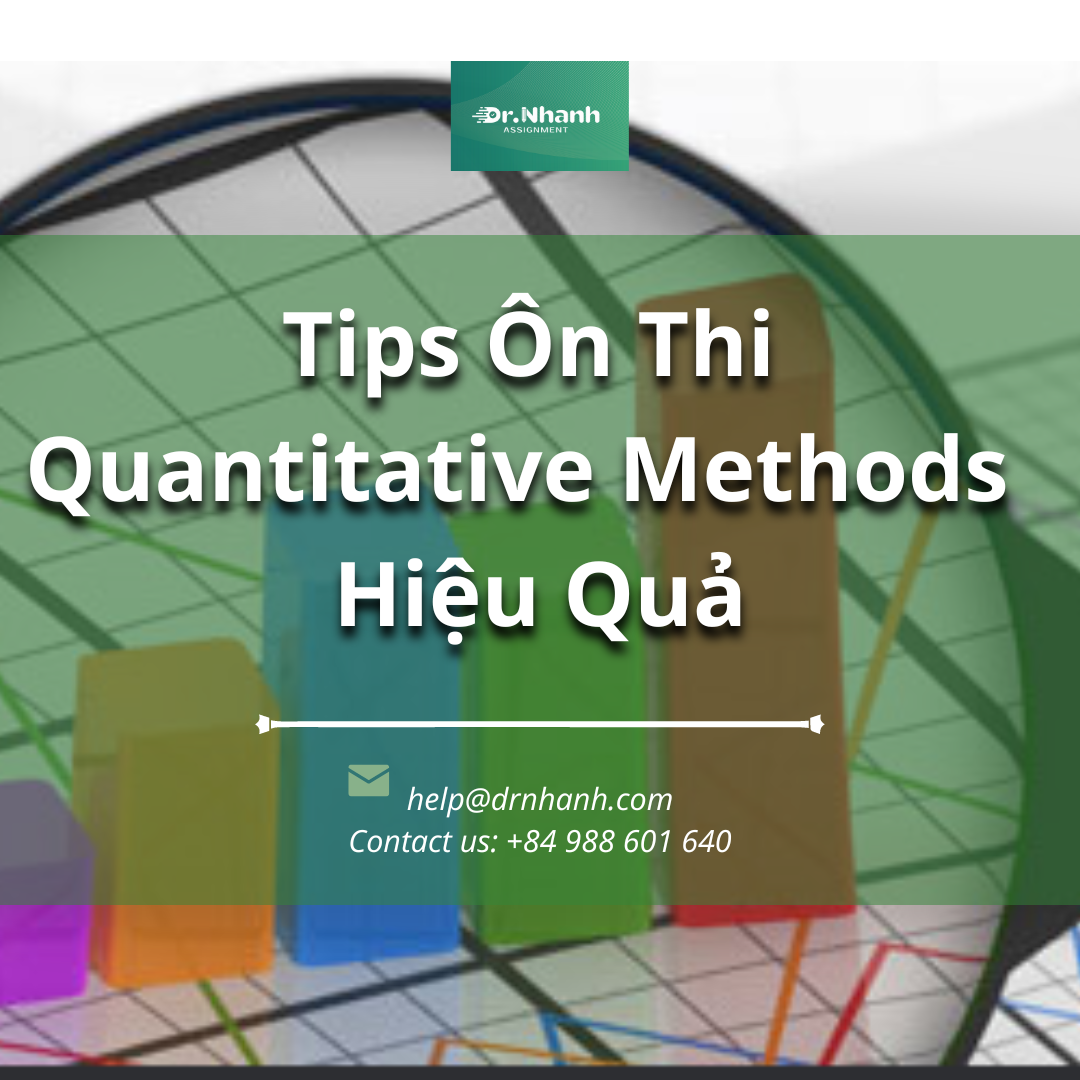Given Paper 1. National cultural values, sustainability beliefs, and organizational initiatives (Tata & Prasad 2015).
| Question | In your lectures, four paradigms / rationales for organisational analysis are described. |
| 1 | Critically discuss the argument presented by the author(s). |
| The argument raised in this paper is how national cultural dimensions can affect sustainability perceptions, which consequently have impacts on organizations’ sustainability implementation. The authors aimed to add on this currently emerging but lacking literature and develop a conceptual model as a guideline for multinational enterprises implementing sustainability initiatives in cross-cultural contexts. | |
| 2 | What is the method – how do the author(s) convince their readers? |
| This paper relied on a wide range of literature on sustainability, theory-based schemas and empirical evidence on the correlation between these cultural values and the propensity to implement sustainability practices.
Firstly, through an extensive review of existing literature, the authors gathered all previous findings and presented them in a clear table so that readers can acknowledge the lack of an in-depth study on the relationship between national cultural values and sustainability practices. Subsequently, a conceptual model was developed, proposing the assumption that sustainability perceptions and beliefs can act as mediating factors in the relationship between national cultural dimensions and sustainability initiatives. In order to convince readers and justify this stance in a rational manner, the analysis drew on widely accepted frameworks such as Hofstede’s cultural dimension (Hofstede 1980), Environmental Sustainability Index (YCELP et al. 2006) and provided explanatory mechanisms, empirical evidence to clarify how cultural factors can influence the likelihood to engage in sustainability initiative through mediating elements of sustainability beliefs. The article is open to be challenged. Although the argument was supported with sufficient evidence, the model is still to be experimented and tested. Moreover, the authors felt that there is room for further expansion in this topic, the article also suggested future researchers to explore other underlying elements that can also influence sustainability beliefs like economic status, education. |
|
| 3 | Drawing on your answers from analysing Q (1) and (2), critically analyse and match your analysis to the paradigm / rationale given in the lectures for Organisational Analysis |
| Based on the critical analysis on the paper’s arguments, it is evident that functionalism rationale was the best match for this research.
According to Gioia & Pitre (1991), the functionalist paradigm tends to apply a deductive manner in the process of theory building: literature review, finding a gap, putting a framework, formulating hypotheses, data collection, analysis and testing of hypotheses. This article has practiced the exact methodology. From reviewing the literature to identify a lack of an in-depth study on the research issue, the authors developed a conceptual framework to propose hypotheses and applied theories, evidence to analyse and test those hypotheses. In addition, the article did not aim to generate an entirely new theory. Instead, the research’s objective was to fill the gap in existing knowledge and extend past theories in a new direction. Moreover, the paper delivered an objectivist perspective, which can be seen through the formulating and testing of hypotheses with the use of objective resources – past literature, universally accepted frameworks and empirical evidence in the real world. All in all, the research viewed the relationship between cultural dimensions and sustainability initiatives as a concrete matter for investigation to discover the existing and objective truth. Moreover, as stated by the authors, the proposed model can act as a guideline for multinational enterprises in their cross-cultural sustainability programs and a theoretical basis for further empirical research in the future. This is an attempt to establish control and order – a characteristic of the functionalism paradigm (Toh 2021). |
Given Paper 2. Can marketing contribute to sustainable social enterprise (Powell & Osborne 2015).
| Question | In your lectures, four paradigms / rationales for organisational analysis are described. |
| 1 | Critically discuss the argument presented by the author(s). |
| The narrative in the paper presented an objective to explore how marketing can be implemented as a discipline to facilitate sustainability in social enterprises (SEs). Demonstrating the struggle of SEs to fulfill the “double bottom lines”, the research emphasized the contribution of marketing principles in achieving organizational resilience. Finally, a model was suggested to assist SEs in understanding the relationship between these factors and incorporating marketing to managerial practices. | |
| 2 | What is the method – how do the author(s) convince their readers? |
| This article drew on a literature review on marketing practices in SEs and empirical cases of four enterprises in England. More specifically, qualitative data on the perceptions of marketing practices in SEs and internal documents from the chosen enterprises were also utilized for analysis and comparison.
This study adopted a qualitative methodology, in which the grounded theory approach and cross-sectional approach were utilized to examine four cases of SEs from the northern area of England. Regarding the former approach, the article tried to build theories in an inductive manner, which is based on the data collected rather than pre hypothesis. Second, the latter approach enables a more extended sample, making the results more convincing and accurate.
Semi-structured interviews were conducted with founders of the chosen SEs, where a range of questions were asked to gain their insights on the process of marketing and its role, applicability in SEs. The collected sets of data were arranged into three categories/themes using the coding procedures. Subsequently, the authors examined internal documents from SEs, revisited the literature and adopted a cross-sectional approach to compare the four cases and identify objective truths in the findings. Lastly, based on the literature reviewed and findings, a systematic approach to adapt relationship marketing practices was proposed as a basis for SEs in their sustainability initiatives. The research was able to convince readers through rational explanation, systematic process and sufficient evidence. There are limitations to this study, making it open to be challenged. First, as stated by the author, the sample is not representative but rather an exploratory, convenience sample. In detail, the findings are only valid to SEs in that specific domain and it would require further research for the model to be relevant in other areas. Moreover, the “Relationship Marketing Approach for SEs” proposed by the authors needs to be tested and validated as a framework to be implemented in SEs’ managerial practices. |
|
| 3 | Drawing on your answers from analysing Q (1) and (2), critically analyse and match your analysis to the paradigm / rationale given in the lectures for Organisational Analysis |
| From the analysis above, it can be concluded that the social relativism paradigm is the best match for this article. O’donoghue (2006) indicated that social relativism’s rationale is to grasp subjective insights and interpretations of organization structure of people who have experienced it. The article’s methodology aligns with this rationale, which is emphasized through the social engagement and qualitative process (semi-structured interviews) to gather and understand the subjective opinions of individuals within the chosen SEs that have managerial knowledge about the organizations’ operations and structure. Being open to different environments and circumstances that an individual is placed in, the research has shown its open belief to reality.
The codes identified were directly derived from the collected qualitative data, not from past literature. This is an inductive approach, where literature is only reviewed in the later stages of theory building, after the analysis and coding of data (Gioia & Pitre 1991). Moreover, the construction of the “Relationship Marketing Approach for SE” – a suggested model for SEs to implement in their managerial operations showed the authors’ attempt to establish order and control, which is also a feature of social relativism. |
Given Paper 3. Organized hypocrisy, organizational façades, and sustainability reporting (Cho et al. 2015).
| Question | In your lectures, four paradigms / rationales for organisational analysis are described. |
| 1 | Critically discuss the argument presented by the author(s). |
| The narrative presented an argument that organizations are obligated to employ hypocrisy and develop façades due to paradoxical institutional and societal pressures, which consequently severely restraining the prospect of sustainability reports progressing into ‘substantive disclosures’. The paper aims to examine how the structural factors of the broader role influence the essence of ‘sustainability disclosures’, since they are pertinent to expectations regarding the correspondence of corporate talk and actions. | |
| 2 | What is the method – how do the author(s) convince their readers? |
| The authors convince their readers through literal definition and public data collection procedure, which emphasize objective and unbiased. The paper draws on relevant theories from previous research articles and an empirical exemplar Chevron and ConocoPhillips during the national controversy of oil exploration in the Alaskan National Wildlife Refuge (ANWR). Data related to the two case companies between 2004 and 2006 were also collected for ultimate transparency: annual and sustainability reports, announcements, and shareholder decisions disclosure.
Regarding the analysis, the authors initially utilized an systematic approach: the Atlas.ti software for data organization and structure construction. From that data, codes were used to arrange the data into themes. Then, the collected information was investigated both within and across four themes to determine trends, prevailing problems, and potential inconsistencies. The content of the paper all started from the data categorization of a software; therefore, the data analysis section remained objective. Due to that, the finding is also un-biased: the case firms showed organized hypocrisy as their talk and actions were not aligned with their corporate reports across three façades: rational, progressive, and reputation.
The conclusions are open to be challenged. The data suggested a small sample size since the research mainly depended on two case companies during a selected period (Isaac et al. 2014). Therefore, the concluded implications may deem irrelevant in other empirical research of the same topic as well as the applied concepts can potentially be different in other settings. |
|
| 3 | Drawing on your answers from analysing Q (1) and (2), critically analyse and match your analysis to the paradigm / rationale given in the lectures for Organisational Analysis |
| In the article, the authors adopted objectivist dimension as an epistemological approach and conflict dimension as an ontological approach. According to Hirschheim and Klein (1989), the objectivist assumption supports the application of natural sciences to the investigation of the social world. Thus, natural science should agree on precise definition, objective data collection, and systematic and cumulative approach (Behling 1980). Consistent with that, the analysed paper exhibited public and objective procedures for data collection: empirical examples, reports, and announcements. Also, definitions are precisely derived from previous research and the analysis was systematically conducted using Atlas.ti software and codes.
Regarding the ontological assumption, the conflict dimension emphasizes on change, disintegration, conflict, and coercion (Hirschheim & Klein 1989). Correspondingly, the paper also aims to prove that corporations adopted hypocrisy and established façades to be or to remain sustainable due to the paradoxical demands of its stakeholders and shareholders. The disintegration between the case companies’ façades and their actions agrees with the conflict position. Therefore, the paradigm best aligned with the analysed paper is radical structuralism rationale as this model demonstrates the necessity of eradicating the limitations pressured upon organisations to provide rational reasons for radical alterations (Toh 2021). |
Given Paper 4. “Good” news from nowhere: imagining utopian sustainable accounting (Atkins et al. 2015).
| Question | In your lectures, four paradigms / rationales for organisational analysis are described. |
| 1 | Critically discuss the argument presented by the author(s). |
| It was acknowledged that full-cost reporting, triple bottom line (TBL) accountability, comprehensive reporting model, and integrated accounting are valid methods to improve quality and quantity of sustainable reports. However, these approaches failed to adequately report on damage to the people (broad stakeholders group) and the environment. For this reason, consistent with Morris-style utopian desire for a world of sustainable reporting, the paper attempts to provide normative recommendations to encourage alternation in the forms of business accounting practice in contemporary society. | |
| 2 | What is the method – how do the author(s) convince their readers? |
| The authors aim to convince the readers through quality discussions and an experience-based analysis. The paper endorses autoethnography as a qualitative approach as the authors play the role of emancipators. It relied on the authors’ experience, the article “News from nowhere”, and the discussion from participants at the International Corporate Governance (ICG) and Governance, Accountability and Responsible Investment (GARI) conferences.
Regarding data analysis, it was conducted under a subjective manner. Although the content of the paper is heavily subjective, the emancipatory approach empowered stakeholders’ subjective perceptions (Doan et al. 2020) and contributed to deeper discourses (Zicari & Aldama 2020). This leads to one finding, which is that integrated accounting is not sufficient to alter how large firms address risks of climate change in the short-term and “monetisation” of the costs of climate change is a way to inspire futuristic sustainable business models. This relies on the newly emerged “field of environmental visibility” from finance and accounting discourse which arouse environmental awareness on organizations and business policy makers.
The conclusion is open to be challenged as the content analysis was carried out under the authors’ perceptions and interpretations. As a result, the findings are subjective and can be inapplicable in other settings as monetising the cost of climate change might be irrelevant if the level of environmental awareness is not sufficient. |
|
| 3 | Drawing on your answers from analysing Q (1) and (2), critically analyse and match your analysis to the paradigm / rationale given in the lectures for Organisational Analysis |
| In the article, the authors adopted subjectivist dimension as an epistemological approach and conflict dimension as an ontological approach.
Hirschheim and Klein (1989) stated that the subjectivist position seeks to understand the basis of human affair by taking into account the subjective experience of people. This definition aligns with the paper’s collected data and author – emancipator. The article is heavily subjective as the subjective perceptions of many individuals are taken into account and the analysis of the data is also conducted using the author’s subjective experience and interpretations. About the ontological assumption, the conflict dimension can be seen along the discussion and analysis. The contradiction between the negativity in the issued findings of the United Nations (UN) IPCC and the positivity in the annual reports of a number of prominent corporations is a good example. Moreover, coercion also emerged from the conflicting opinions or disagreement among the conference participants.
Overall, the paradigm best aligned with the paper is neohumanism rationale as this model encourages radical change and emancipation (Toh 2021). The authors drew on the importance of viewing accounting reports in a different manner (sustainability). Moreover, they acted as an emancipator using their narratives, personal point of views to generate explanatory and alternative interpretations which drive the needs for changes and improvements in sustainability reporting in the future. |


 English
English






